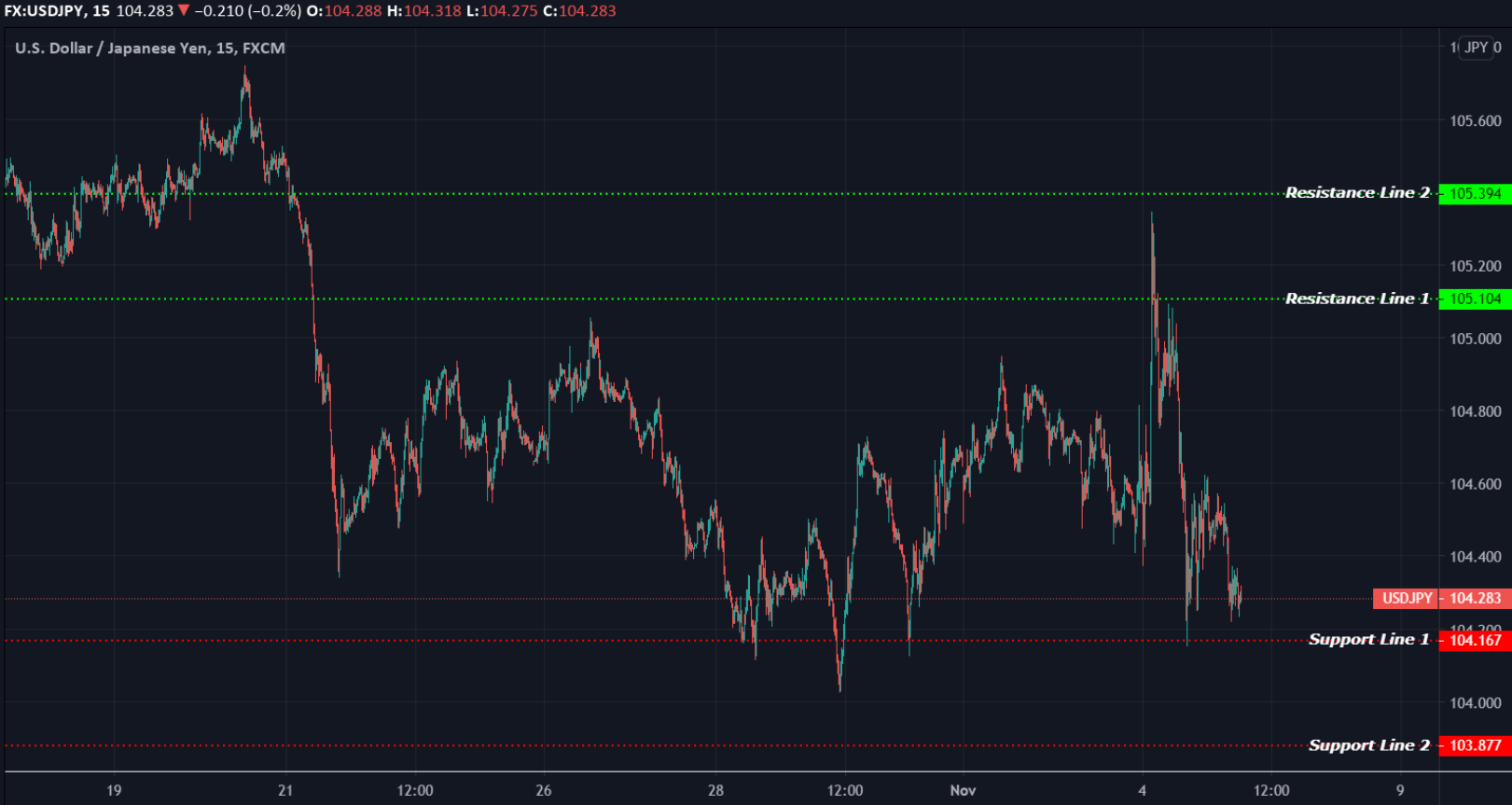EQUITIES
Asia-Pacific markets were higher in Thursday trade. Hong Kong’s Hang Seng index led gains among the region’s major markets as it surged 2.58%. In Japan, the Nikkei 225 advanced 1.27%. Over in South Korea, the KOSPI gained 1.70%. Singapore’s Straits Times index up 2.06%, Australia’s S&P/ASX 200 rose 1.21%, and mainland Chinese stock, the Shanghai composite 0.88% higher.
Overnight on Wall Street, the Dow Jones Industrial Average rose 1.34% and the S&P 500 gained 2.20%. The Nasdaq Composite added 3.85%, the biggest daily percentage gain since mid-April.
OIL
Oil prices down more than 1% in the morning of Asian trading hours. Currently, Brent crude futures traded to $40.72 a barrel, while U.S. crude at $38.64.
On Wednesday, Brent closed at $41.23 per barrel, while WTI futures ended at $39.15 per barrel.
CURRENCIES
The dollar index had ceded its earlier gains and was flat at 93.38 against a basket of six currencies. It had touched a 1-month high of 94.308 overnight.
China's yuan spun to hit a 2-week high while the Russian rouble, which had been one of the hardest decliners in the U.S. election run-up, gave back overnight gains. Norway's crown, Australia's dollar and Britain's pound were scaling back against dollar. The Mexican peso, which had suffered from the Trump administration’s hard line on trade, was steady at 20.94 after jumping by 0.9% on Wednesday.
GOLD
Gold advanced as dollar ceded it gains. Spot gold currently trading at $1,907.00 per ounce, while stands around $1,909.10 per ounce for gold futures. Previously closed at $1,902.60 and $1,896.20, respectively.
Silver trading at $24.10, platinum trading at $869.00 and palladium trading at $2,158.00.
ECONOMIC OUTLOOK
Asian shares jumped on Thursday as investor focus likely lingered on the U.S. election result. While the presidential election race result remained cloudy, the likelihood of gridlock in Congress made investors optimistic that major policy changes would be difficult to enact.
Republican and Democrat expected to retain their respective control on the Senate and House, makes it harder to make way to new laws, regulations, and approval of awaited government stimulus.
US private payrolls increased less than expected in October, by 365,000 jobs last month, providing an early sign of a slowdown in economic activity. The ADP National Employment Report data for September was revised up to show 753,000 jobs added instead of the initially reported 749,000.
EIA: Crude production fell 600,000 bpd to 10.5 million bpd last week. Crude inventories fell by 8 million barrels in the week to Oct 30. Net U.S. crude imports rose last week by 560,000 bpd.
Australia’s exports of goods and services rose 4% MoM in September.
Chinese President Xi pledges to import over US$22 trillion worth of goods over the next decade, as pandemic shakes global economy.
To date, number of confirmed worldwide cases for COVID-19 pandemic has surpassed 48 million affecting 213 countries and territories around the world and 2 international conveyances, recording more than 1.224 million fatality globally.
TECHNICAL OUTLOOK
[USDJPY]
Important Levels to Watch for Today:
- Resistance line of 105.104 and 105.394.
- Support line of 104.167 and 103.877.
Commentary/ Reason:
- The dollar settled back to 104.28 yen, having briefly spiked up as high as 105.34 overnight to 2-week high.
- The pair remains mid-range as sellers returned to contain price action.
- USD/JPY gave up early gains and retreated from a 2-week high as uncertainty over the outcome of the U.S. presidential election boosted the safe-haven demand for the yen.
- The yen also garnered support on comments from BOJ Governor Kuroda, who said on Wednesday that the BOJ will maintain its 2% price target and that he sees no need for a policy review now, which dampened the chances of the BOJ expanding QE.
- The pair in cautious mood as traders braced for volatility around the U.S. presidential election result.















